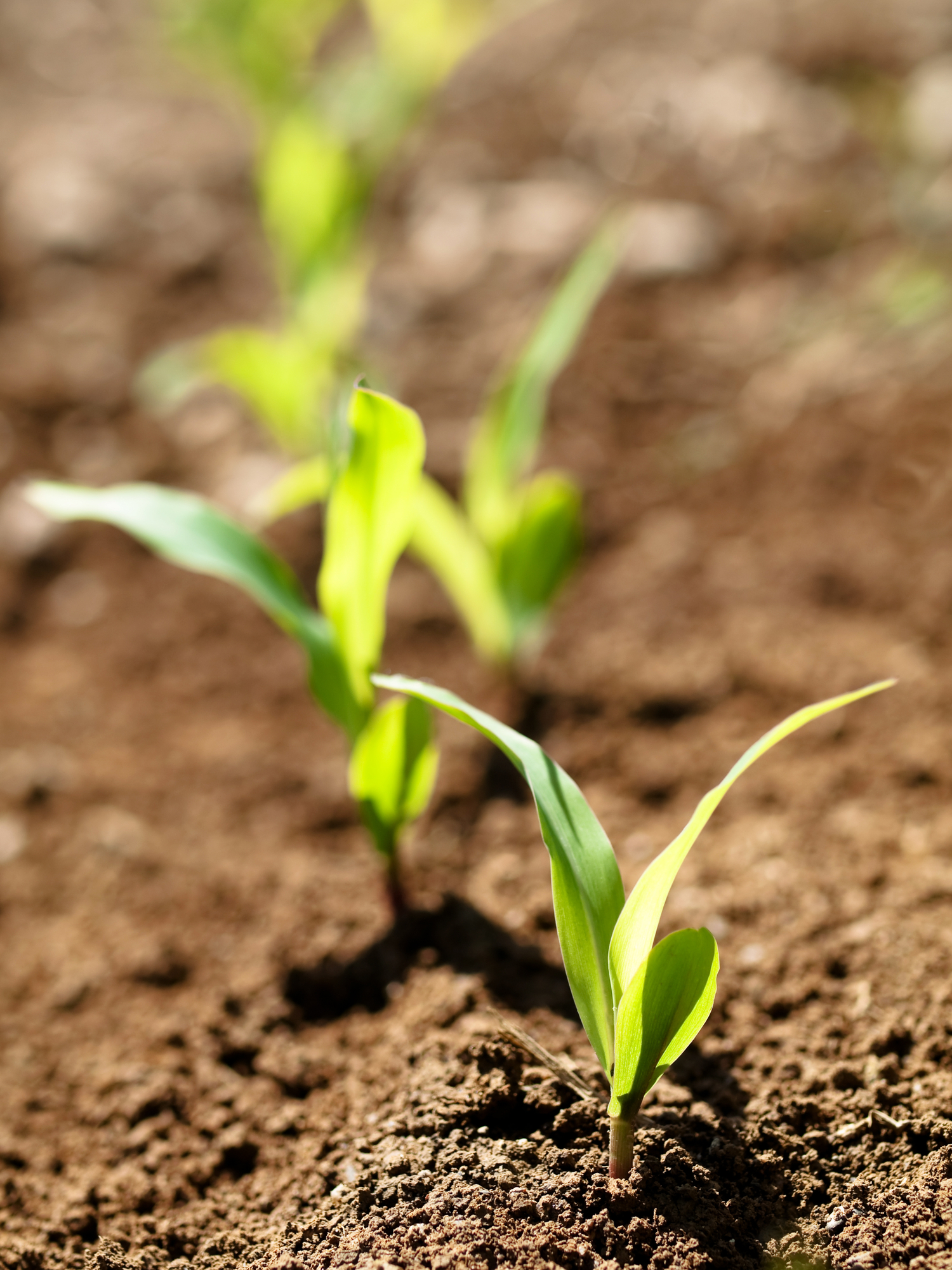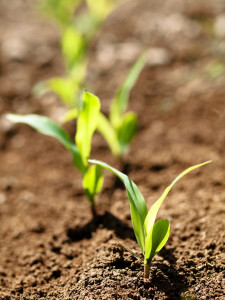I recently caught up with Bruce Knight, former Chief of USDA’s Natural Resources Conservation Service in the Bush Administration, to discuss the increasing challenges to the agriculture sector as it relates to environmental protection. The sector continues to transform itself in the face of changing climate, public attitudes, and regulations. And the sector has its fair share of visionary and leaders, including Bruce Knight.
Bruce grew up on a large farm in Gann Valley, South Dakota – total population 14 – before making his way to DC to work for Senator Bob Dole and Congressman Fred Grandy and spending some time at the National Corn Growers Association and and Wheat Growers. No one knows farming and ag policy better than Bruce. He’s a friend of the farmer, but he’s also a friend of the environment. Increasingly, the agriculture sector has been under a microscope in recent years, particularly by the environmental community. The following Q&A with Bruce reflects his thoughts on the continued challenges – and yes, opportunities – for our world’s farmers.
First, is agriculture prepared to meet the larger challenge of feeding an increasingly hungry world? And, can we do so sustainably and balance environmental protection?
The time to prepare to feed the 9.5 billion people who will be sharing Planet Earth in 2050 is now. I believe the way to do this is through sustainable intensification—maximizing productivity. In 1940, one U.S. farmer could feed 19 people. Today one farmer feeds 155 people, thanks to huge boosts in productivity. The key is not to begin farming more marginal acres, which could have a negative impact on the environment, but to increase productivity on our very best acreage. Agricultural producers must take a systems approach to farming to maximize production by using optimal inputs on soil that’s been managed and groomed to peak productivity. We need to look at improving soil health by directing water, fuel, nutrients, sunlight and space by the inch rather than by the acre to meet the needs of the ground and achieve the highest possible yields. Whether farmers own or rent the land they farm, they’ve got to take a long-term approach rather than sucking the life out of the soil for short-term gain. And directing exactly the right level of inputs to the soil benefits the environment as well.
What can and should agriculture begin doing differently to address these growing concerns?
It’s important to take advantage of the resources that are available—to establish a conservation plan for each operation and implement appropriate conservation measures, including controlling erosion, improving irrigation systems and effectively managing nutrients. I would like to see more double-cropping and greater use of ground covers. More farmers should sign up for energy audits to find ways to minimize energy use and also opportunities to generate on-farm energy, whether through solar panels or bioreactors, perhaps with the help of Rural Development or Natural Resources Conservation Service programs.
Aldo Leopold once remarked, “There are two spiritual dangers in not owning a farm. One is the danger of supposing that breakfast comes from the grocery, and the other that heat comes from the furnace.” Was Leopold right?
While I wouldn’t label not owning a farm a spiritual danger, I would say that it’s important for consumers to be aware of the source of the food they eat and the fuel they use—and it’s important for producers to be connected to their customers as well. I think the popularity of farmers’ markets and the broadening appeal of organic foods has demonstrated that many consumers do care about how their food is grown. The increasing interest, both among the public and large corporations, in sustainability also shows that buyers want to know that those who produce, process and sell food are doing so in a sustainable and responsible manner.
What public misconceptions about agriculture bother you, and what if anything would you like the public to know about modern-day farming?
All too often the public is unaware of the efforts farmers and ranchers take to produce safe and healthful food through environmentally sound practices. I am disappointed when I see fast casual restaurants and supermarkets promoting particular foods or practices that imply that without these chains taking an extra effort or establishing highly controlled supply chains the foods available to consumers would not be wholesome or nourishing. To sell more of their own products, these retailers foster misconceptions that are detrimental to public confidence in the safety and nutritional value of the food American agriculture produces.
As a conservative, I’m curious about your thoughts on the role of government in agricultural policy. What role will government play in shaping policy and what role should it play?
The greatest achievement in farm policy over the past 30 years is the reduction of government intervention in the marketplace. Today farmers choose what crops to plant, based on market conditions, not government policies or programs that dictate what farmers should grow or not grow. At last the government has pretty much gotten out of the business of managing commodity supplies, and that’s a great thing. The role I see for government is in conducting research on ways to improve agricultural products. Further, we need to incentivize technical innovation rather than promulgate regulations that thwart, slow or hamper innovations. Wherever possible, we should focus on voluntary strategies to achieve environmental goals instead of making regulatory approaches the first choice.


